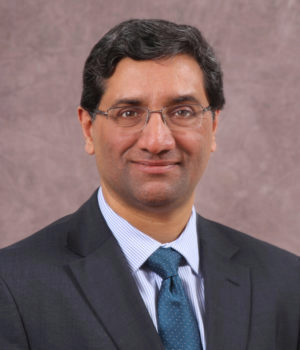
On May 7, 2020, the Wharton Pension Research Council held its annual symposium, “Managing Longevity Risk: New Roles for Public/Private Engagement.”
Cohosted by Wharton Prof. Olivia S. Mitchell and Surya Kolluri of Bank of America, this was the first time the conference has been held online.
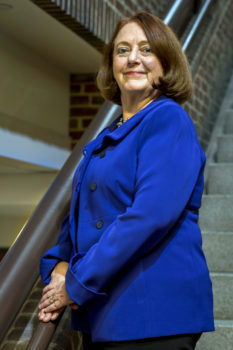
Session I, moderated by Surya Kolluri, was “What Longevity Means for our Future: Issues & Challenges.”
Tim Driver of The Age Friendly Foundation presented “Working Longer Solves (Almost) Everything: The Correlation Between Employment, Social Engagement, and Longevity.” Working longer benefits workers and society as a whole, Driver said, and it may not be as costly as generally thought. Older workers’ employment quadruples their social interaction, thus protecting against the isolation that’s a risk factor for poor physical and mental health. Older workers are also less costly than generally perceived. Having more jobs for older workers doesn’t negatively impact younger workers, older workers’ wages are not significantly higher than younger workers’ pay, and in some circumstances, small employers’ health insurance costs may even be lower for older employees.


Doug Wolf of Syracuse University presented “Disability-Free Life Trends at Older Ages: Implications for Longevity Risk Management.” New retirees face considerable uncertainty about their remaining life-years, Wolf said, and how much of that lifetime will be spent disabled. A transition from being nondisabled to being disabled signals a reduction in remaining total life years, and assets may need to be drawn down more rapidly. Being disabled may entail large out-of-pocket expenses (e.g. for nursing home care), thus accelerating asset depletion and increasing one’s longevity risk. Medicaid’s support of nursing home costs functions as a sort of public-private partnership helping support end-of-life care.
Kathleen McGarry of UCLA presented “Perceptions of Mortality: Individual Assessments of Longevity Risk.” People have expectations about their longevity which accord with known risk factors, and are updated over time when health status changes, McGarry said. People’s longevity expectations correlate with actual mortality outcomes.
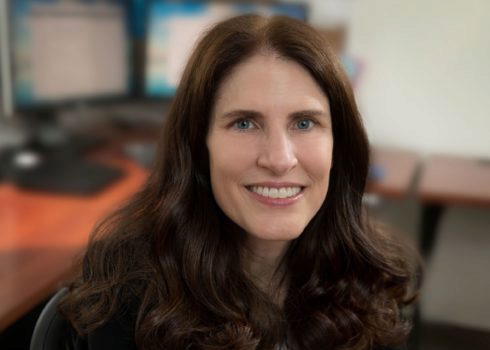

Nora Super of the Milken Institute presented “Innovative Strategies to Finance and Deliver Long-term Care.” By 2030, one in 5 US residents will be over age 65, Super said, and 70% of them will require long-term care at some point. But the U.S. is woefully underprepared for this crisis. Most Americans lack savings to pay for the staggering costs of long-term care, and past efforts to implement reform have failed. The Milken Institute interviewed more than 50 experts, and concludes that most of the experts offered concrete ideas for incremental solutions to the long-term care crisis. The most promising solutions they found: public/private insurance, Medicare expansion, and technology.
Session II, moderated by Prof. Olivia S. Mitchell, focused on “Filling the Gaps.”
Maria Fitzpatrick of Cornell presented “Does Working Longer Enhance Old Age?” Research shows that retirement is bad for older Americans’ health, Fitzpatrick said, which has implications on policy and longevity planning. Male mortality increases with early retirement and Social Security claiming at age 62. The COVID-19 pandemic’s impact on both health and the economy will likely change some people’s retirement plans, and thus have longer-term health and mortality effects as well.
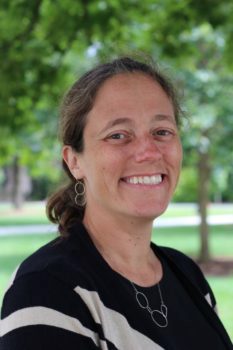
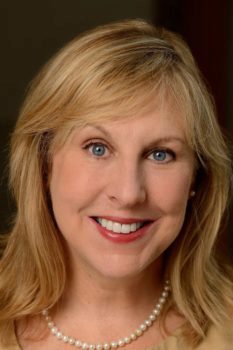
Nancy Hodgson of the University of Pennsylvania Nursing School presented “Aging-in-Place: The Role of Public-Private Partnerships.” Despite preferences for aging in place, poor housing conditions and limited financial resources are barriers for most older adults, Hodgson said. To encourage aging in place, PPPs must help provide safe built environments, accessible housing, and coordinated care and services for our older population; technological advances can also help to keep older adults in their homes.
Adelina Comas-Herrera of the London School of Economics presented “Building on Hope or Tackling Fear? Policy Responses to the Growing Costs of Alzheimer’s Disease and Other Dementias.” The high costs of dementia care do not mean dementia care is unsustainable, said Comas-Herrera, but it does require policy action. Policymakers prefer “hopeful” policies in relation to dementia, like Alzheimer’s “cures,” instead of tackling health and long-term care capacity shortfalls.
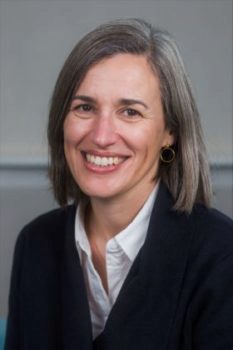

Dozene Guishard of the Carter Burden Network presented “Public/Private Partnerships Extend Community-based Organization’s Longevity.” Public/private partnerships must focus on measurable outcomes and sustainability plans, Guishard said. These partnerships are the lifeline of community-based organizations’ survival. Evaluations are a key component of determining the challenges and opportunities that public/private engagement offers.
Session III, moderated by Surya Kolluri, focused on “Implications for the Financial Sector and Policymakers.”
Alicia Munnell of Boston College presented “Property Tax Deferral: Can a Public-Private Partnership Help Provide Lifetime Income?” Many households won’t have enough money in retirement, Munnell said, so property tax deferral offers a cheap and easy way to tap into home equity. Although property tax deferral programs are self-financing in the long term, they do need start-up money from government or public-private partnerships.


John Kiff of the International Monetary Fund presented “New Financial Instruments for Managing Longevity Risk.” Kiff said that countries with large defined benefit pension plans have sponsors transferring investment and longevity risk to reinsurers, now driven by strict new pension disclosure rules. Cumulative pension risk transfer is only about $550B in the three countries with the largest defined benefit pension sectors, versus about $16Tr of DB-related obligations. The reinsurer capacity for longevity risk transfer could be enlarged if the longevity risk they assume could be distributed to capital markets.
Richard Fullmer of Nuova Longevità Research presented “State-sponsored Pensions for Private Sector Workers: The Case for Pooled Annuities and Tontines.” State-sponsored defined contribution pensions can benefit from low-cost assurance pools that deliver lifetime income through mortality pooling and strict budget constraint, Fullmer said. Structured as tontines or pooled annuities, lifetime income would be assured, though the income level would not insured or guaranteed.
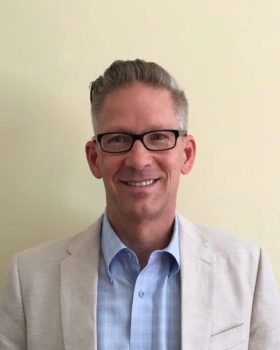
In their closing remarks, co-moderators Surya Kolluri of Bank of America and Olivia S. Mitchell thanked all presenters, the engaged audience, and the PRC staff, for making this first online symposium a success.


